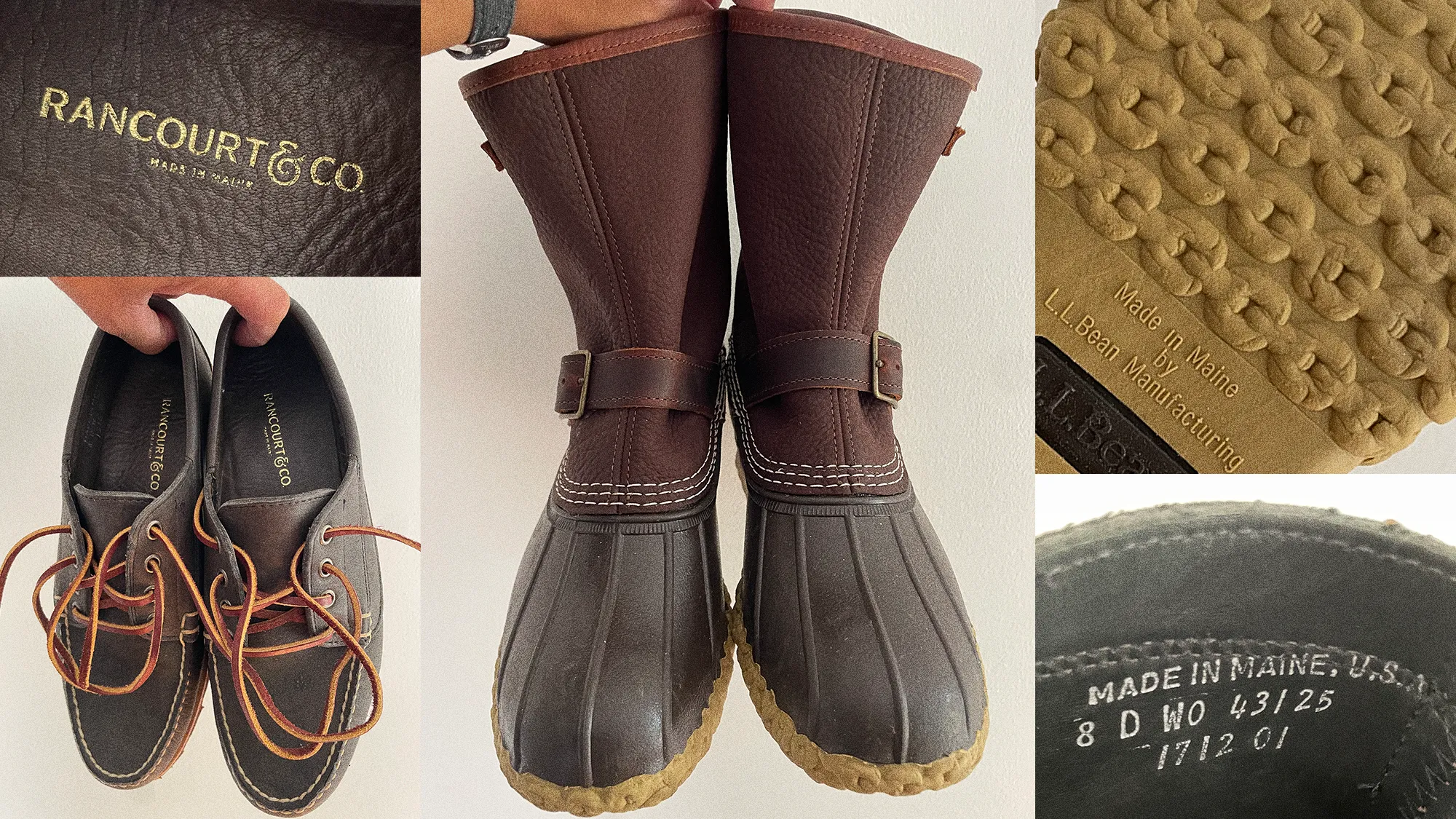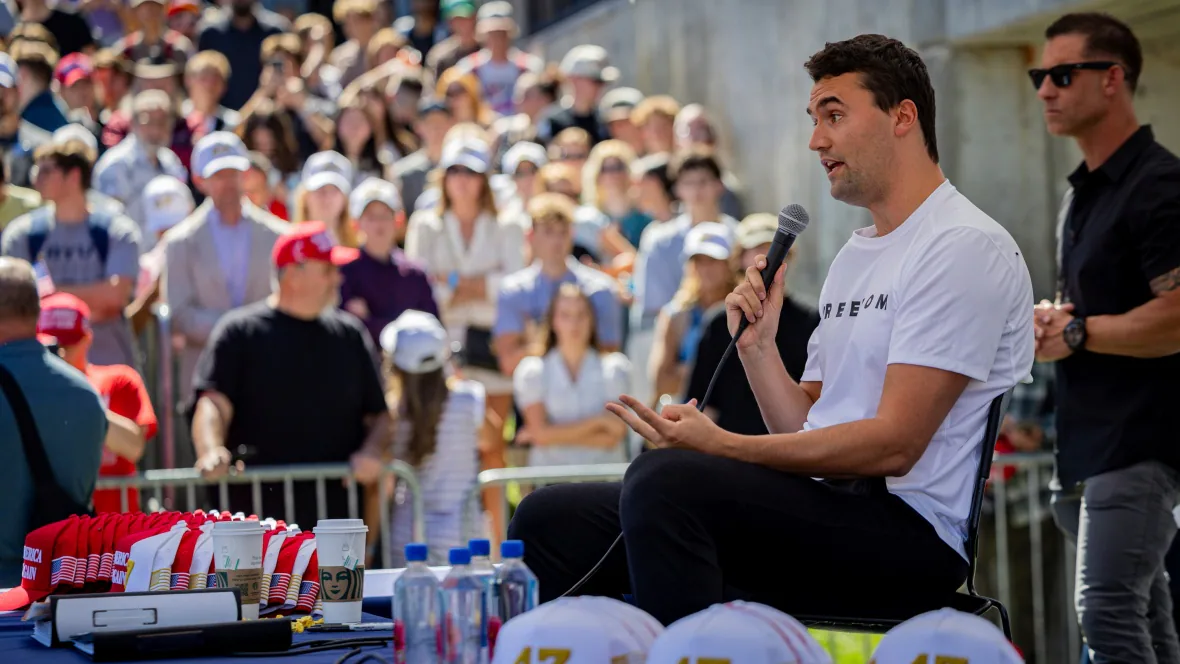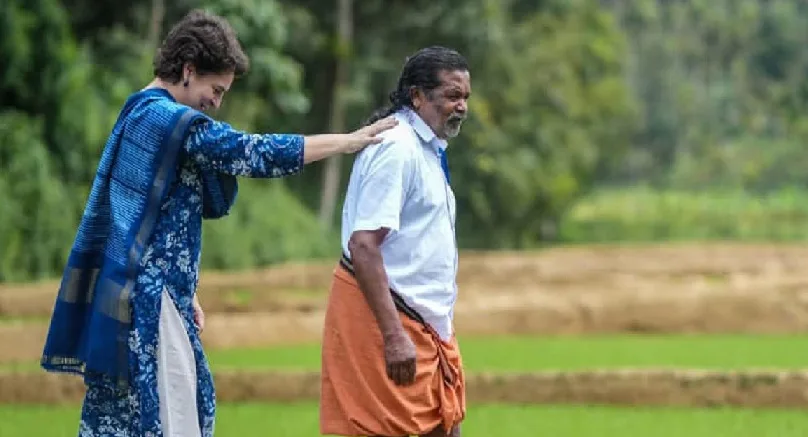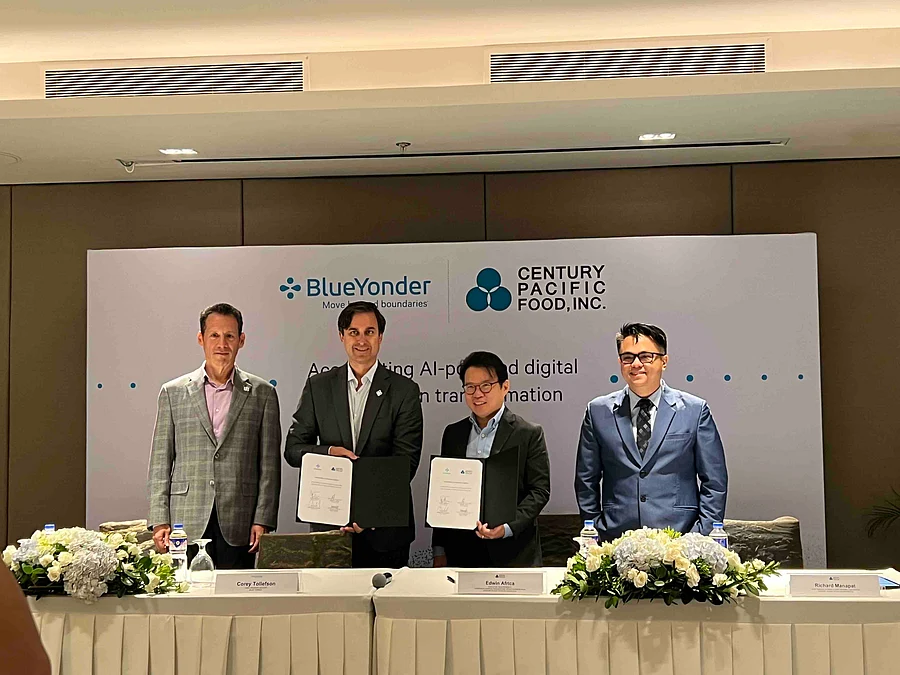By Leon Hedgepeth
Copyright gq

Maine is famous for its crashing waves, lobster rolls, and lush, sprawling forests. Among a certain subset of menswear nerds, though, Vacationland’s strongest claim to fame is as one of the last shoemaking hubs in America. I haven’t had a chance to visit the Pine Tree State myself, but every time I slide into one of L.L.Bean’s legendary Bean Boots or Rancourt’s rough-and-rugged Ranger Mocs, I can easily imagine myself stomping through the New England greenery, dodging seagulls as I go.
What I appreciate about Maine’s footwear scene is how humble it seems, even from afar. The region’s local makers don’t need to shout about their hero products, because their quality, pedigree, and craftsmanship say plenty. L.L.Bean has been making its signature Maine Hunting Shoes for more than a century; Quoddy has been hand-stitching boat shoes since 1947; and Rancourt & Co. has been turning out leather hard-bottoms from its Lewiston factory for over 50 years. Technology has changed elements of the process here and there, but the core tenets have stayed remarkably consistent.
That’s by design, says Jenn Gorman Wilson, L.L.Bean’s Director of Merchandising and the great-granddaughter of founder Leon Leonwood Bean himself. “Our intention is for Bean Boots to be a product of the Pine Tree State for as long as we’re in business,” Gorman Wilson says, a rare and timely commitment to stateside manufacturing in the age of rampant offshoring and whack-a-mole tariff policies.
If you wear Bean Boots to wade through the muck, then you wear Rancourt & Co. on the dock of the bay. The brand’s menswear-favorite Ranger Mocs are so intricate that sewing them by hand demands about 132 individual touches, completed over roughly three days, says owner Mike Rancourt. For Easymoc’s Greg Cordeiro, commiting to that degree of craftsmanship is time well spent. Easymoc has only been around for five years, but Cordeiro and his team aspire to the kind of staying power Maine’s heritage shoemakers have boasted for generations. “Producing in the US comes with both pride and pressure,” he says.”Consumers are more curious and intentional than ever. They want to know who made their shoes, where, and why it matters.”
Even Sperry, which now manufactures most of its shoes abroad, has gotten in on the Made in Maine magic. The company works with Rancourt’s factory to produce US-made versions of its Authentic Original boat shoes and classic penny loafers. “They’re not just shoes,” says Jonathan Frankel, the President of Sperry’s North American division. “They’re lasting icons of American craftsmanship.”
Below you’ll find five Maine-based brands still making ‘em like they used to, plus some of the silhouettes they do best.
Most great products emerge out of necessity, and that’s precisely what inspired Leon Leonwood Bean’s Maine Hunting Shoes. These days, fans of his design might not be wearing them while stomping through the woods of western Maine, but the company that bears his name never strayed from his signature formula: durable leather uppers, rugged rubber soles, triple-line stitching, and a chain-tread grip.
The Hunting Shoe hasn’t really changed much in 113 years, but the first change was the most important. “The initial batch of boots L.L. manufactured contained single-line stitching, which tore too easily through the rubber and separated from the leather upper,” says Jenn Gorman Wilson, L.L.Bean’s Director of Merchandising (and the great-granddaughter of L.L. himself). The elder Bean’s solution was simple but brilliant: the now-iconic triple-line stitch, which holds the leather and rubber together—and also set the tone for the brand’s impeccable customer service.
“L.L. refunded all the returned boots from that initial batch,” Gorman Wilson points out. In other words, your great-grandpa could’ve sent his leaky boots back, no questions asked—a tradition that lives on today in L.L.Bean’s generous resoling services. That’s the kind of equation that keeps a boot stomping for another hundred years.
Rancourt & Co.
When it comes to American shoemakers, Rancourt & Co. remains at the top of the pack. The family-run company has been honing its craft for 50 years, often working behind the scenes with some of the biggest brands in the States. At last year’s Paris Olympics, Polo Ralph Lauren tapped Rancourt—for the fourth time, no less—to produce shoes for the opening and closing ceremonies. That’s right: Olympic athletes wore shoes handmade in Lewiston, Maine. “Lewiston was known for employing thousands of manufacturing workers, either for the numerous textile companies or the shoe factories at the turn of the 20th century,” Rancourt owner Mike Rancourt says. “Today, that devotion still exists with the Rancourt factory.”
What seperates Rancourt from lesser competitors? Handsewn moccasin construction, Goodyear welt and Blake stitch options, plus an insane leather selection—Horween Chromexcel, Shell Cordovan, bison, kudu, you name it. If you’re feeling especially particular, the brand’s Made to Order program lets you mix-and-match leathers and soles until you’ve basically designed your own signature shoe.
Quoddy was founded in 1947, but went belly-up in 1995—only to be revived three years later by Kevin and Kirsten Shorey, who still run it today. Every pair of Quoddy shoes is still handsewn in Maine, using the same “true moccasin” construction Kevin’s great-grandfather practiced as a cobbler over a century ago: one piece of leather wrapping under the foot, stitched by hand. The brand’s assortment of slippers, camp mocs, bluchers, and chukkas merges Native American craft and New England outdoor tradition, a compelling fusion that makes them a mainstay everywhere from Portland to Poughkeepsie.
Most Maine shoemakers planted their soles in New England soil generations ago. Easymoc, though, is proof that age-old craftsmanship techniques can appeal to a new set of customers, too. The five-year-old brand’s mocs, ramblers, bluchers, and boots are all sewn by hand, a time- and labor-intensive process founder Greg Cordeiro prizes above all else. “Genuine handsewn moccasin construction isn’t something you can speed up or mechanize,” he says. “It requires skilled hands, precision, and patience.”
The real evolution might come down to storytelling, Cordeiro says, or how the brand reminds its customers “why something made here, by hand, is worth it.” A recent collaboration with the fellow New Englanders at Manresa would make even the most hardened cobbler crack a smile.
Sperry Made in Maine Collection
Sperry boasts a long and storied history of its own, but the company’s Made in Maine line, produced in Lewiston at Rancourt & Co.’s factory, might be the purest articulation of its roots. “Making this small but important collection in Maine allows us to keep one foot firmly planted in the heritage of American shoemaking,” says Jonathan Frankel, the President of Sperry’s North American division.
“What makes their work so distinct is the balance of heritage and precision: handsewn moccasin construction, Blake welting, Horween leathers—all executed by craftspeople who’ve spent decades at the bench,” Frankel notes. “You can feel that legacy in every pair.” The strategy behind keeping a few premium SKUs in the mix is simple: “They anchor the brand in a story of place, craft, and people—one that consumers connect with deeply, and one we’re committed to preserving.”



